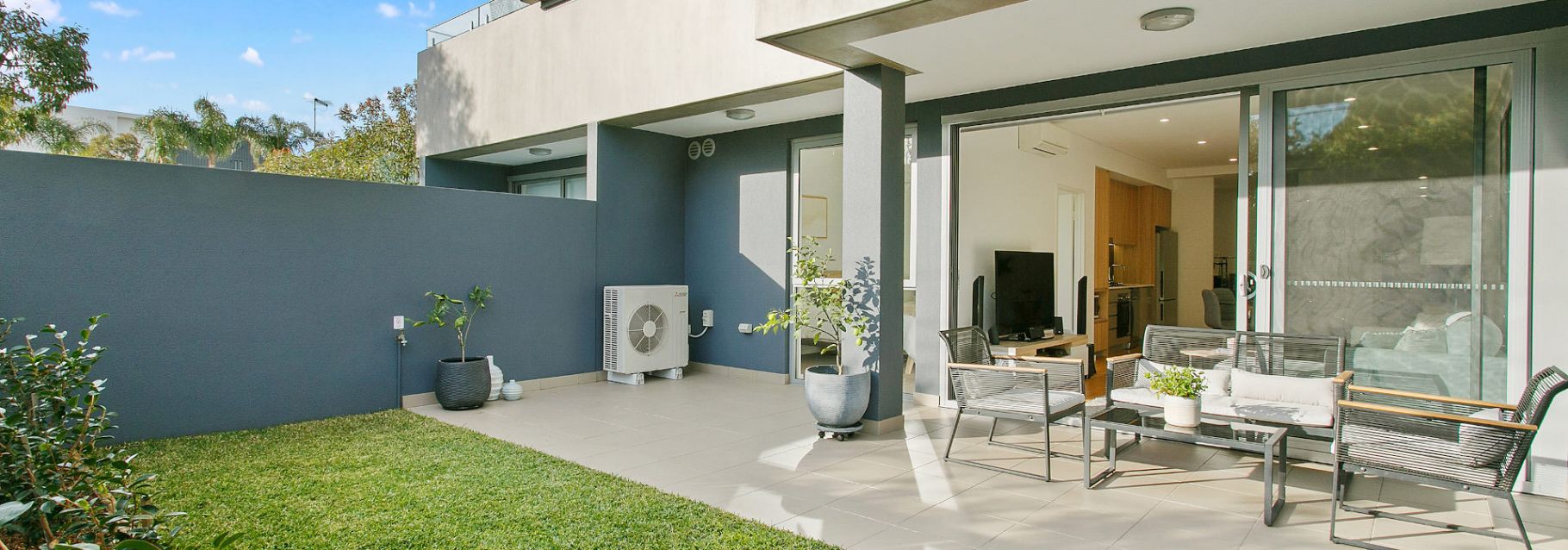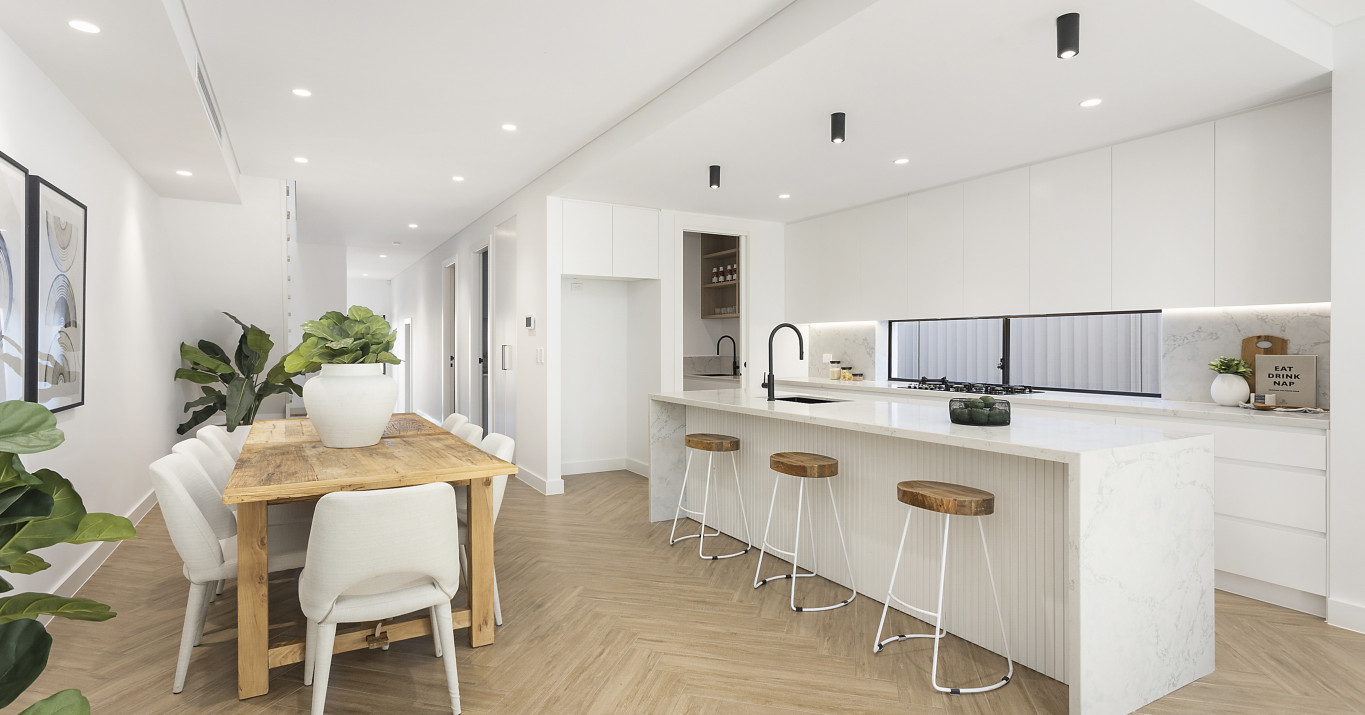With increasing property prices achieving the dream of owning your own home has become increasingly challenging. Getting your foot in the door is one thing, buying in the area you want to live can be another. With the different challenges being faced, many people are turning to rentvesting as a way to enter the market.
What is rentvesting?
Rentvesting is when you purchase an investment property in an area you can afford, whilst simultaneously renting in the area you want to live, but cannot afford to buy. Typically, people will look to purchase an investment property in more affordable areas, which could include the outer suburbs of major cities, interstate, or large regional townships.
Rentvesting pros and cons
The pros of rentvesting
Rentvesting can allow you to buy a property sooner
Purchasing a property for investment where the focus is on capital growth and rental yield will likely allow you to enter the market sooner. Targeting properties in more affordable locations can also mean you will be able to save a deposit faster.
You can live in the area you want to
Rentvesting allows you to live in the area you desire, whilst at the same time getting a foot on the property ladder, without being limited on where you can buy.
Potential tax benefits
Purchasing an investment property generally comes with added tax benefits. Depending on your circumstances and the property purchased, you may be able to claim certain expenses such as the interest charged on your loan, property maintenance, insurance and depreciation.
If for any reason your investment makes a loss you can also claim that amount against your taxable income. Some investors actually set their properties up to make a loss, which is known as negative gearing.
An extra income stream
The rent from your investment property can help you pay down your mortgage or be used to pay the rent on the property you are living in.
Capital gains
If your investment property increases in value you could sell it down the track for a profit, or use the equity gained to buy another investment property, or eventually your own home.
You are more likely to make a wise decision
Purchasing without the emotion that often comes when buying your own home allows you to focus only on the numbers and usually leads to a smarter financial decision.
The cons of rentvesting
You will still be living in a rental
Whilst there are many benefits to rentvesting, at the end of the day your place of residence will still be a rental property and you will be subjected to the choices of the owner. When renting it’s important to remember you can be asked to move if the owner decides to vacate the property. You may also need to make the property available for inspections and you can be subjected to rental increases.
No access to homeowner’s grant
If you choose to rentvest you will not be eligible to access the First Homeowners Grant available to first time buyers.
Ongoing home ownership costs
You will be responsible for any repairs, management and other costs associated with your investment property.
Capital gains tax liability
If you decide to sell your property and it sells for more than you originally paid, you will be required to pay tax on the amount made. This is known as capital gains tax.
How to become a rentvestor
Before deciding to become a rentvestor it is important to consider the following:
The larger the deposit the better
The larger your deposit the less you will need to borrow, which means less to pay back and less interest overall. A deposit of 20% or more will also allow you to avoid paying lenders mortgage insurance.
Do your research
It is important to research the areas you are looking to invest in before making a purchase. Whilst rentvesting can be a great strategy, as with any property purchase, it is only great if you make the right decisions. Consider the facilities available in the area, as well as the likelihood of population growth, affordability and access to services. Other key factors to look into include the potential for growth, vacancy rates and the rental yields of the area. Click here to view our latest Sutherland Shire Market Report.
Don’t forget to account for the added costs
Whilst you might not be living in the property, as the property owner, the maintenance and management costs are still your responsibility. These alongside the ongoing loan repayment costs need to be factored into your budget.
Remember property is a long-term play
As with any investment, there are highs and lows. Rentvesting generally works best when the location of your investment has the potential for long-term capital growth. Remember it can take a few years or more before you start to see a return.
Should you rentvest?
With property prices rising, especially in inner-city and highly sought after suburbs, rentvesting has grown in popularity. Whether it is the right strategy for you really comes down to your overall goals and flexibility. If for example living within a particular suburb or area is a must for you and you are not willing to sacrifice on your lifestyle, then rentvesting can be one way to enter the property market, whilst still living where you want.
On the other hand, if you are willing to sacrifice on where you live to buy in an area you can afford, then you are just as likely to build your financial future by purchasing a property to live in. Remember, if the property grows in value over time, as an owner occupier you won’t be subjected to capital gains tax when you choose to sell the property.
In any case, if you are considering rentvesting, it is worth speaking to a qualified financial planner. Ensuring you have a good understanding of the costs involved and the area you are looking to buy in before making your final decision can also be helpftul.

First Home Buyer Incentives
Not sure rentvesting is for you? Learn more about the current incentives for first home buyers.

